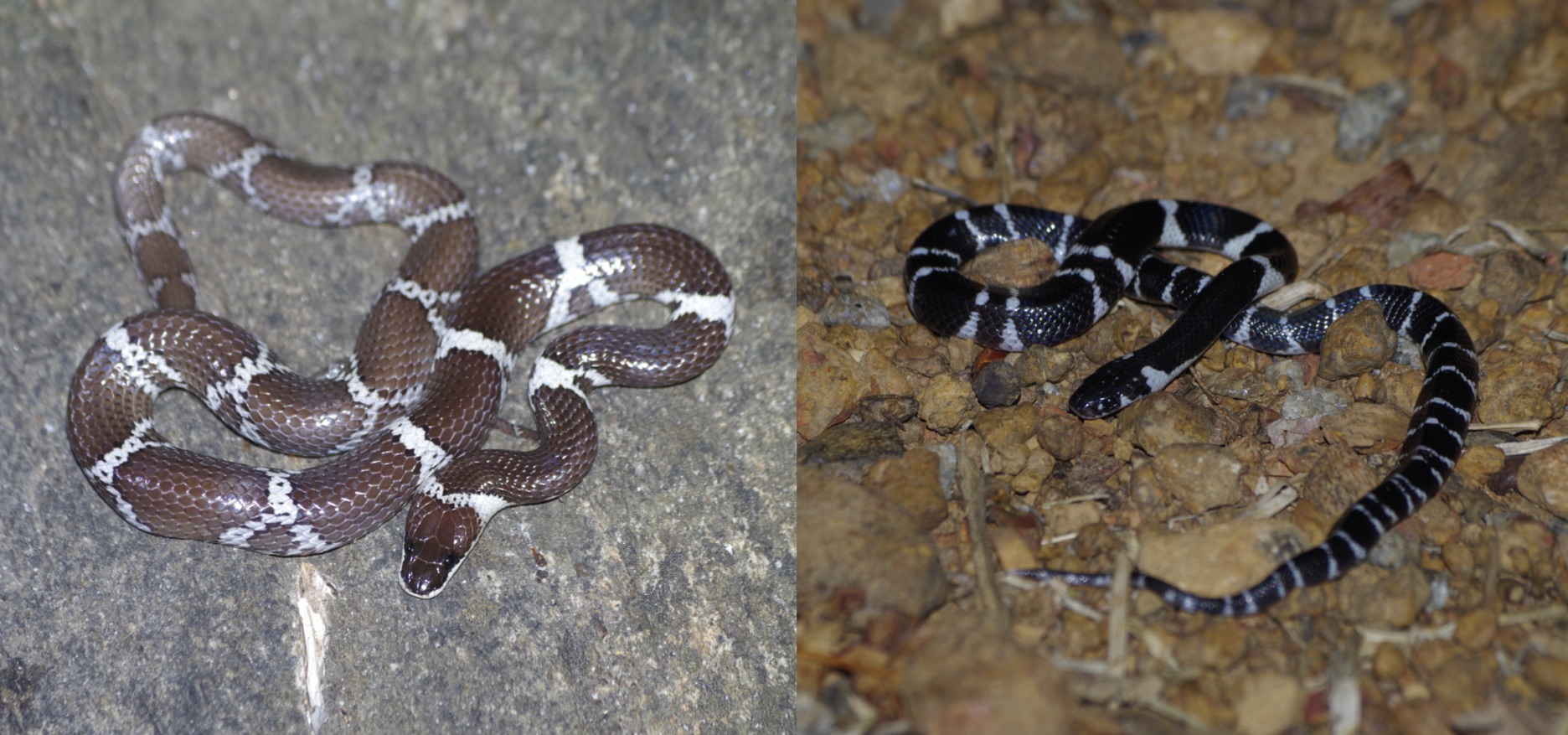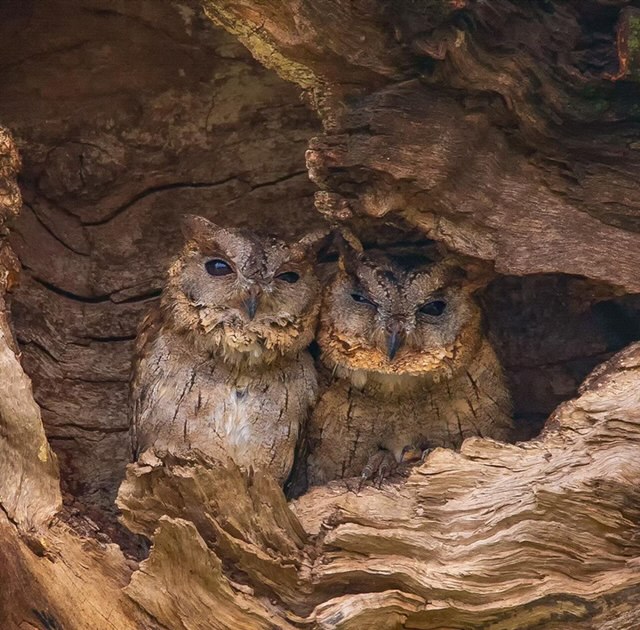What Animal Is Good At Hide And Seek
Every child has played the game Hibernate and Seek growing upwardly, the game is pretty simple, concealing yourself in a specific environs, only to be found past seekers. Several species of fauna and flora as well use this method of deception, most oft to escape predators or to predate themselves. These animals take evolved into masters of disguise overtime!
Natural predator–prey interactions is a discipline that several ecologists are addicted of. All wildlife are known to use a different kind of tactics in order to survive. Darwin's theory of natural selection plays out in the almost incredible style everyday all around us. A common form of camouflage animals use is their surroundings to alloy in, to avoid detection from unexpected prey or predator. Other forms of camouflage could include using intimidating patterns on the creature which scare prey away or mimicking some other animate being to escape death, or even changing their peel colour to outsmart predators. Using combinations of colour, design, morphology and beliefs, animals have been able to sustain themselves skillfully.
Mimicry, although considered camouflage, can be different because information technology involves tricking a predator into completely overlooking preferred prey, past the ways of developing an appearance to wait similar prey that the predator avoids. For instance, a non-venomous Indian Wolf snake, mimicking a venomous Common Krait, a critical distinction for our rescue teams or a bite victim. The visual perception of the predator is put to test constantly.

Mammals use the coloration of their fur; reptiles, fish and amphibians tend to utilise their scales; birds apply their feathers, and near insects their exoskeleton. In contempo times, research has also been trying to empathize the visual processing capabilities of the observer, which is often overlooked.
Camouflage in terrestrial beings
Owl Moths: With patterns that resemble an owl's eye on its wings, they can dupe predators into thinking they are staring at an owl's face instead of the backside of a moth.

Tree Frogs: These arboreal species can exist extremely challenging to find, some are also capable of irresolute colour based on temperature. It is almost impossible to spot one on a tree stump or hidden on a foliage.

Saw scaled vipers: These high venomous snakes are known for their cover-up skills. They coffin themselves entirely in the sand, just leaving their eyes above the surface. This form of predation is perfect for the barren regions they are found.

Stick Insects: Plant in several tropical countries, you tin find several species of these insects. As their name suggests, these animals resemble twigs and leaves they live amongst, nigh incommunicable to sight.

Vine Snakes: Due to their colour, which is generally brown or green, they are very difficult to spot amongst copse. They are also known to sway with the current of air, just like a tree does, making them easily laissez passer off for beingness a office of the tree itself.

Camouflage in avian beings
Indian Scops Owl: Rarely spotted during daylight, their brown plumage makes it near impossible to spot them on tree barks, and through dense leaf. These owls take adapted well to human habitats.

Nightjars: They are nocturnal birds by and large active during dawn and dusk. These birds prefer the jungle floors for most of their activities, from laying eggs to hunting for prey. Their biggest defence machinery is their coloration, making them extremely hard to detect.

Camouflage underwater
With the underwater world however in a constant state of discovery, it is an ecosystem that has never failed to keep people in awe.
Box Jellyfish: Several species of box jellyfish, tend to exist nearly invisible to the human eye. Their ability to friction match whatsoever background tin help them hunt better, and keep them void of predators. Their stings tend to exist extremely deadly, capable of stopping the heart in as footling equally v minutes.

Octopus: Masters of disguise, Octopus are highly intelligent animals. They are non only capable of changing the colour of their pare, but also able to replicate their surroundings to lucifer rocks and corals nearby.

Mugger Crocodile: These animals are experts in stealth, covered in thick tough scales that are well hidden in murky h2o, they are opportunistic carnivores. Even while basking under the sun to regulate their temperature, since they are common cold-blooded animals, spotting them against a backdrop of rocks and foliage can be challenging.

The list of animals that rely on cover-up can exist an exhaustive one. The world of camouflage can be understood in several means than what meets the center. Predators have also been capable of overcoming the defenses of camouflage. Animal camouflage is now too beingness fused into the field of nano-applied science. As fourth dimension goes on, and ongoing climate change, evolution will play a crucial role in helping animals adapt to new environments.

Source: https://wildlifesos.org/faq/hide-and-seek-in-the-natural-world/
Posted by: andradefacces38.blogspot.com

0 Response to "What Animal Is Good At Hide And Seek"
Post a Comment